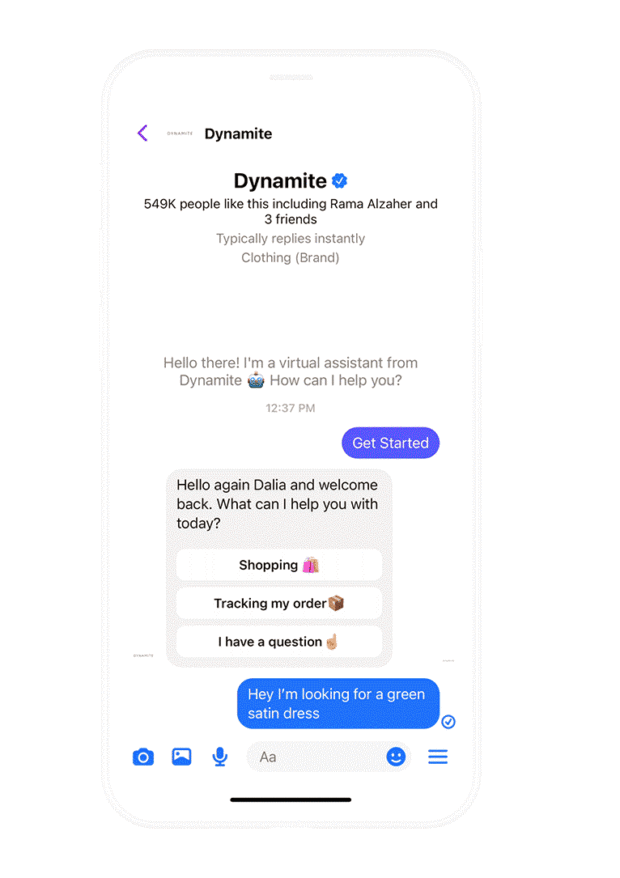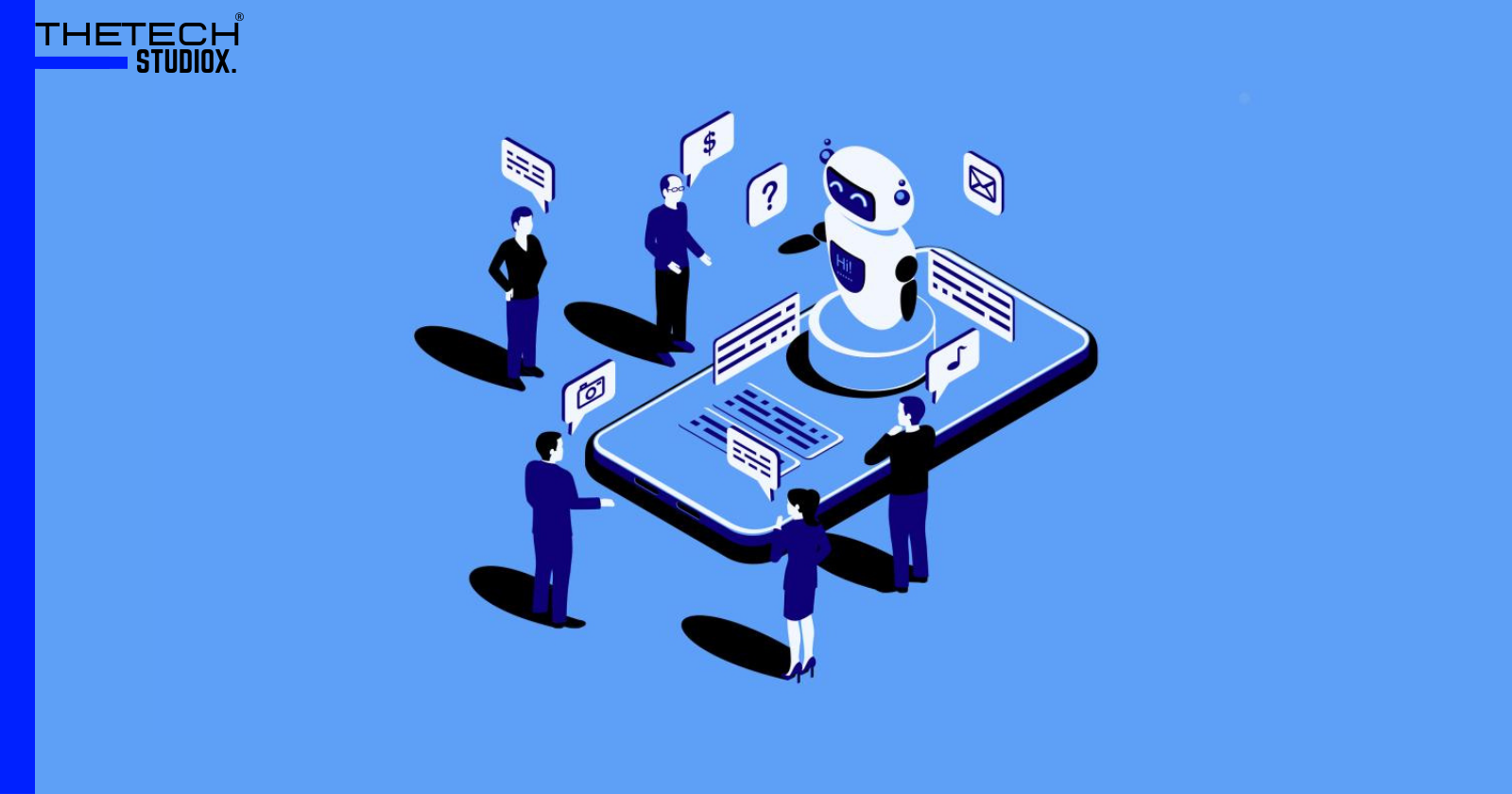Develop an AI-Powered Chatbot for Customer Support
In today’s fast-paced digital landscape, providing efficient customer support is paramount for businesses to thrive. One of the innovative solutions that have revolutionized customer service is AI-powered chatbots. These intelligent bots can handle various customer queries, streamline processes, and enhance user experience. Here’s a comprehensive guide on developing an AI-powered chatbot for customer support:
1. Build a Team
Creating a successful AI-powered chatbot requires a collaborative effort. Start by assembling a dedicated team consisting of a project manager, business analyst, software architect, and AI developers. Each member plays a crucial role in different phases of development, ensuring a holistic approach to the project.
- Project Manager: The project manager oversees the entire development process, coordinates tasks, and ensures timely delivery of milestones.
- Business Analyst: The business analyst conducts market research, identifies user requirements, and translates them into functional specifications for the chatbot.
- Software Architect: The software architect designs the technical architecture of the chatbot, considering scalability, security, and integration with existing systems.
- AI Developers: AI developers are responsible for implementing machine learning algorithms, natural language processing (NLP), and other AI techniques to empower the chatbot with intelligence.
2. Assess Value
Before diving into development, it’s essential to assess the potential value that an AI chatbot can bring to your customer support process. Evaluate how it can enhance customer satisfaction, reduce response times, and optimize resource utilization.
- Customer Service Inquiries: Analyze common customer inquiries and determine how a chatbot can efficiently address them, freeing up human agents to handle more complex issues.
- Workload Reduction: Identify tasks that can be automated through the chatbot, such as FAQs, order tracking, and appointment scheduling, to alleviate the workload on support staff.
- Customer Engagement: Consider how an interactive chatbot can enhance customer engagement by providing personalized recommendations, proactive assistance, and timely updates.
3. Define Requirements
Collaborate with the business analyst to gather and document detailed requirements for the chatbot. This includes functional specifications, user stories, and acceptance criteria to guide the development process effectively.
- Functional Requirements: Specify the features and capabilities expected from the chatbot, such as natural language understanding, multi-channel support, and integration with backend systems.
- User Stories: Create user stories to capture different scenarios and interactions with the chatbot, ensuring a user-centric approach to development.
- Acceptance Criteria: Define criteria for assessing the quality and performance of the chatbot, including accuracy, response time, and user satisfaction metrics.
4. Choose a Programming Language
Selecting the right programming language is crucial for developing a robust and scalable chatbot. Consider factors such as community support, libraries/frameworks availability, and compatibility with AI tools.
- Python: Python is widely favored for chatbot development due to its simplicity, readability, and extensive support for AI libraries like TensorFlow, PyTorch, and NLTK.
- Java: Java offers strong performance, platform independence, and a mature ecosystem for building enterprise-grade chatbots.
- Other Options: Explore languages like Ruby, C++, PHP, or Clojure based on your team’s expertise and project requirements.
5. Design Architecture
Define the technical architecture of the chatbot, outlining how different components interact and ensuring scalability, reliability, and security.

- Conversational Engine: Implement a conversational engine to process user inputs, understand intents, and generate appropriate responses using NLP techniques.
- Integration Layer: Develop connectors and APIs to integrate the chatbot with external systems such as CRM, ERP, ticketing systems, and knowledge bases.
- Data Storage: Set up a robust data storage mechanism to store conversation history, user preferences, and contextual information for personalized interactions.
6. Integrate with Existing Systems
Ensure seamless integration of the chatbot with your existing customer service automation tools and platforms to leverage existing infrastructure and data.
- APIs and Webhooks: Use APIs and webhooks to connect the chatbot with CRM systems, helpdesk software, messaging platforms, and other relevant tools.
- Data Synchronization: Implement mechanisms for real-time data synchronization between the chatbot and backend systems to provide up-to-date information to users.
- Security Measures: Apply security best practices to safeguard sensitive data and prevent unauthorized access to customer information during interactions.
7. Train and Iterate
Training the chatbot is an ongoing process aimed at improving its accuracy, relevance, and effectiveness in understanding user queries and providing meaningful responses.
- Natural Language Processing: Continuously train the chatbot using supervised and unsupervised learning techniques to enhance its language understanding capabilities and adapt to evolving user queries.
- Machine Learning Algorithms: Explore machine learning algorithms such as classification, clustering, and reinforcement learning to optimize the chatbot’s performance and decision-making abilities.
- Feedback Loop: Collect feedback from users, analyze conversation transcripts, and iteratively refine the chatbot’s responses based on user interactions and sentiment analysis.
8. Test and Deploy
Thorough testing is crucial to ensure the reliability, functionality, and performance of the chatbot before deploying it in a production environment.
- Functional Testing: Verify that the chatbot accurately interprets user inputs, handles edge cases gracefully, and fulfills the specified functional requirements.
- Integration Testing: Test the integration points with external systems to validate data flow, API interactions, and end-to-end functionality across different channels.
- Performance Testing: Assess the chatbot’s response time, scalability, and resource utilization under various load conditions to optimize performance and ensure responsiveness.
9. Monitor and Improve
Once deployed, actively monitor the chatbot’s performance, analyze usage metrics, and gather user feedback to identify areas for improvement and optimization.
- Analytics Dashboard: Set up an analytics dashboard to track key performance indicators (KPIs) such as conversation volume, user satisfaction scores, and resolution rates.
- A/B Testing: Conduct A/B tests to compare different versions of the chatbot, evaluate new features, and validate improvements based on user engagement and feedback.
- Continuous Optimization: Iteratively refine the chatbot’s algorithms, training data, and conversational flows based on insights derived from monitoring and analysis.
Conclusion
In conclusion, developing an AI-powered chatbot for customer support requires careful planning, collaboration, and iterative refinement. By following these steps, businesses can create intelligent virtual assistants that enhance customer experiences, streamline support processes, and drive operational efficiency.
FAQs
How do AI-powered chatbots differ from traditional chatbots?
AI-powered chatbots leverage advanced technologies like machine learning and natural language processing to understand and respond to user queries more intelligently compared to rule-based chatbots.
What programming languages are best suited for chatbot development?
Python is commonly used for its simplicity and extensive libraries for AI development, but languages like Java, Ruby, and JavaScript are also suitable depending on project requirements and team expertise.
How can businesses measure the effectiveness of their AI chatbots?
Businesses can measure chatbot effectiveness through metrics such as response accuracy, resolution rates, customer satisfaction scores, and reduction in support ticket volumes.
What are some common challenges in chatbot development?
Challenges in chatbot development include handling natural language understanding, managing conversation flows, integrating with backend systems, and ensuring data privacy and security.
How can chatbots be personalized to enhance user experiences?
Chatbots can be personalized by analyzing user preferences, past interactions, and contextual information to tailor responses, recommend relevant products/services, and anticipate user needs.




